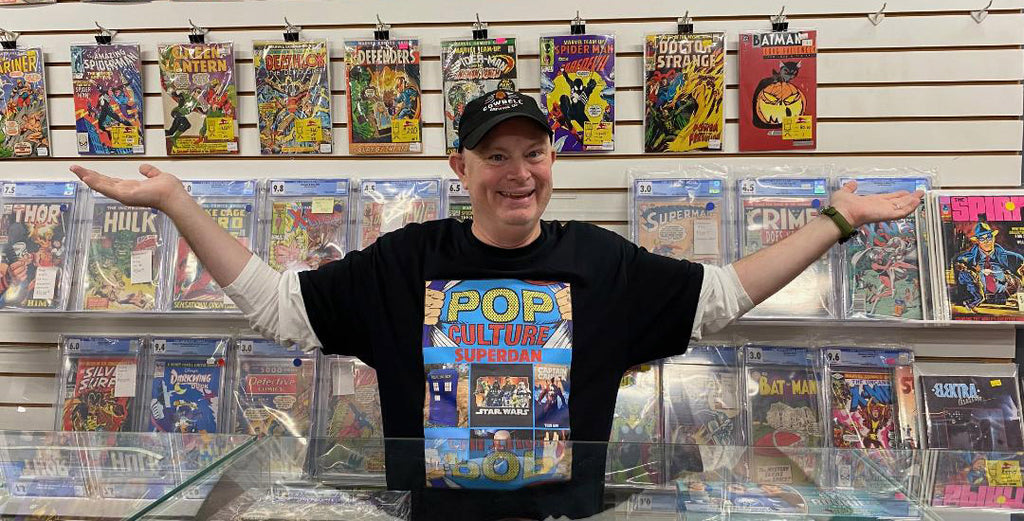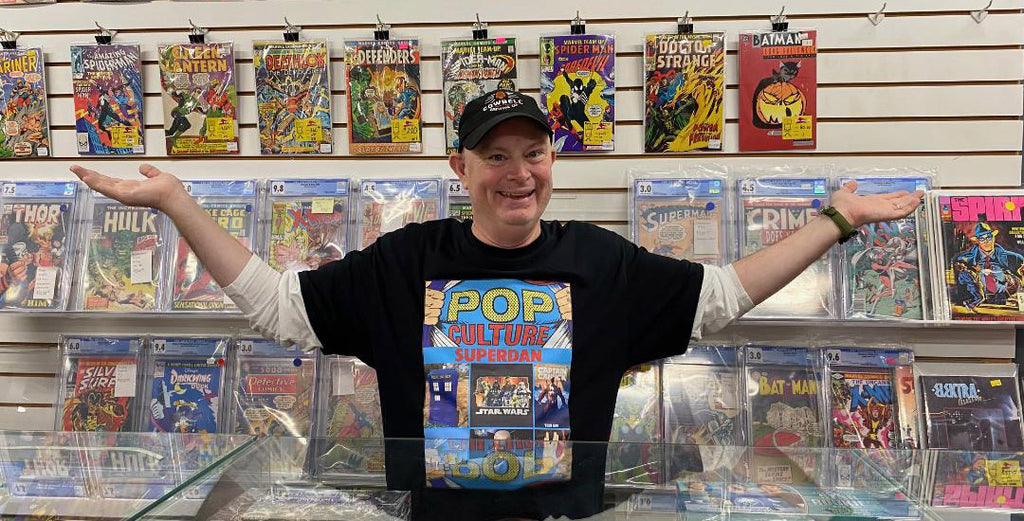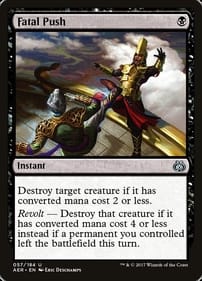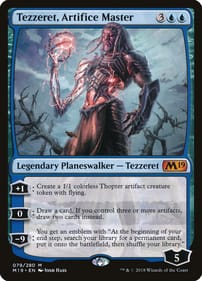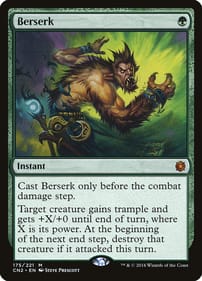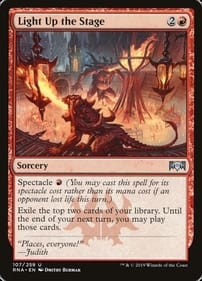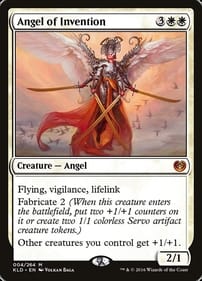Alien: Romulus Comic Short, but Intriguing
How the Alien: Romulus comic fills in Alien franchise story gaps and more reasons to read the comic explained in columnist's Dan Brown's comic book review.
Read The StoryR2-D2 and C-3PO Never Did This
By Dan BrownA bunch of robots walk into a bar, but they aren’t the strangest thing about the place.That’s the premise of Robot Comics No. 0, which Bob Burden – famed in comic circles for creating Flaming Carrot and the Mysterymen – published in 1987 as a one-off “cultural oddity,” to use the eccentric creator’s own words.The book describes one crazy night down at the Blind Pig, a bar where a mummy plays banjo in the corner, two guys with axes for heads scuffle, scuba divers float through the air, beans spill out of the pay-phone receiver, and a man walks by, carrying a tombstone in anticipation of his own imminent demise.Welcome to Bob Burden’s imagination. If you’ve ever had a frantic bout of drinking at a dive that didn’t make sense to you in the morning, yet was still a lot of fun, you’ll be able to relate. The whole thing plays like an extended scene out of a Flaming Carrot comic, and indeed, Carrot supporting players like Uncle Billy and the Artless Dodger are part of the watering hole’s crowd.Those readers with long memories and unconventional tastes know Flaming Carrot (and his sometime allies, the Mysterymen) as the blue-collar hero whose mask is, well, a flaming carrot. His secret origin: After reading 5,000 comics in one sitting, the poor wretch suffers brain damage, becoming Palookaville’s B-list protector in the process.So if you’ve read any of the Carrot’s irregularly published exploits, you will grok what Robot Comics No. 0 is all about.As with all of Burden’s work, this slender volume is a riot of invention. This bar could only have come from his fertile, twisted mind, and I was lucky enough to find a copy in the bargain bin at L.A. Mood just before the summer.The surreal comic makes for engrossing reading on a muggy August afternoon.By way of introduction, Burden says he composed the tale decades prior to its publication as an exercise in what he calls “electra-fiction.” The artist/writer says the panels “exploded on the pages with no bounds of reason or any attempt to conform to known standards. It is, in essence, experimental literature guised as a leaking barrelful of rip-snorting, foot-stomping belly laffs.”I call it the cartoon equivalent of jazz. Or a nonsensical salad stocked with one random ingredient after the other.There is no plot, no A to B story, just a profile of an unforgettable night in a drinking establishment whose existence defies logic.If you’re a fan or student of tavern-derived literature, you could also classify it as Burden’s answer to the classic New Yorker piece by Joseph Mitchell, McSorley’s Wonderful Saloon.Indeed, the evening’s events are narrated by a nameless reporter who figures, “As a journalist and an artist, I ought to record it all for posterity.”What does he observe? Harry Lime, from the Third Man, appears in one panel in all his Wellesian glory. The house band’s cover of Neil Diamond’s Cracklin’ Rosie upsets a patron. One of the bar’s many denizens refers to two of the Three Stooges. And then the female (?) robot leaves in the company of a Maytag repairman. Of course, several bodies are buried at the local drive-in theatre following the night’s mayhem.If all of that sounds like your kind of madness, it’s worth hunting down this little-known Bob Burden creation.No wonder his motto is “The wild shall wild remain!”Dan Brown has covered pop culture for 30 years as a journalist and also moderates L.A. Mood’s monthly graphic-novel group.


